Jewish life under Islamic rule
The history of Jewish communities under Islamic rule presents a complex interplay of coexistence, cultural flourishing, and occasional hardship. Compared to their experiences in Christian Europe during the same period, Jewish life under Islamic governance was often marked by relative tolerance and integration, though not without challenges. This is particularly evident in Al-Andalus (Islamic Spain), where cities like Córdoba, Toledo, and Granada became vibrant centers of Jewish cultural and intellectual life. This unique interplay of Islamic legal principles, political pragmatism, and cultural exchange provided an environment that, while not devoid of discrimination, allowed Jewish communities to thrive in unprecedented ways.

A Jew and a Muslim playing chess in 13th century al-Andalus in the Libro de los juegos. Source: Wikimedia Commonsꜛ (license: public domain)
General conditions of Jewish life under Islamic rule
The Jewish experience under Islamic rule was shaped by a complex interplay of legal, social, and economic factors. While Islamic governance provided a degree of protection and autonomy for Jewish communities, it also imposed various restrictions that reinforced their subordinate status.

The Umayyad Caliphate in 740 CE. Source: Wikimedia Commonsꜛ (license: CC BY-SA 4.0)
Legal and religious framework
Islamic governance was underpinned by sharia (Islamic law), which categorized Jews and Christians as dhimmis — protected but subordinate people within the Islamic legal framework. As Ahl al-Kitab (People of the Book), Jews were granted the right to practice their religion, establish their own legal and communal structures, and maintain internal governance under rabbinic leadership. In exchange for this autonomy, they were required to pay the jizya (a poll tax levied on non-Muslims) and abide by certain social restrictions designed to reinforce Muslim dominance in society.
The dhimmi status provided a degree of protection, shielding Jewish communities from forced conversion and indiscriminate violence. However, this position was a double-edged sword, as it institutionalized a legal and social hierarchy that placed Jews and Christians in a distinctly inferior role. While some rulers viewed dhimmis as essential contributors to economic and administrative functions, others enforced their lower status more rigidly, restricting interactions with Muslims and reinforcing social divisions through legal and financial burdens.
Protection and restrictions
Jews were protected from forced conversion and systemic violence, a stark contrast to their experiences in many Christian regions. However, their status as dhimmis imposed significant social and legal restrictions. They were prohibited from holding positions of authority over Muslims, testifying against Muslims in court, and engaging in proselytization. In some cases, dhimmis were also required to wear distinctive clothing or markings to differentiate themselves from the Muslim population.
Architectural and religious restrictions further emphasized their subordinate status. While existing synagogues were generally allowed to remain in use, Jews were often forbidden from constructing new ones or making significant renovations to older buildings. Public displays of Jewish religious symbols, such as processions or the sounding of the shofar (a ceremonial horn), were restricted to prevent them from being perceived as a challenge to Islamic religious authority. Despite these limitations, Jewish communities adapted by developing vibrant centers of learning and worship within the confines of their own neighborhoods.
Economic and cultural roles
Despite these restrictions, Jewish communities played an indispensable role in Islamic societies, contributing to various economic, intellectual, and cultural spheres. Jewish merchants were deeply involved in trade networks that connected the Islamic world with Europe, Africa, and Asia, acting as intermediaries in the exchange of goods, technology, and ideas. Jewish artisans, particularly in textiles, dyeing, and metalwork, provided essential services that contributed to local and international markets.
Jewish physicians and scholars were highly valued, with many serving in royal courts and elite households. Their knowledge of medicine, philosophy, and science often surpassed that of their contemporaries, leading Muslim rulers to rely on Jewish doctors for medical care and consultation. Notably, figures such as Hasdai ibn Shaprut1 and Maimonides2 achieved high status due to their medical expertise and intellectual contributions.

Statue of Maimonides2 in Córdoba. Maimonides, born in Córdoba, is considered one of the most important Jewish philosophers and physicians of the Middle Ages. Source: Wikimedia Commonsꜛ (license: CC BY-SA 2.0)
Beyond economic and scientific fields, Jewish translators played a crucial role in preserving and disseminating classical Greek, Persian, and Indian knowledge by translating texts into Arabic and Hebrew. This intellectual exchange enriched both Jewish and Islamic thought, fostering a shared cultural and scientific heritage that influenced later European scholarship.

Hasdai ibn Shaprut1 presenting ambassador John of Gorze of Otto I the Great to Abd al-Rahman III at the Medina Azahara, by Dionisio Baixeras Verdaguer, 1885. Source: Wikimedia Commonsꜛ (license: public domain)
Periods of coexistence and persecution
The treatment of Jews varied significantly depending on the ruler and the political climate. While many periods were marked by coexistence and mutual respect, others saw increased persecution, particularly during times of political instability or religious zealotry.
Under more tolerant rulers, Jewish communities flourished, contributing to the intellectual, scientific, and economic advancements of their societies. They were integrated into government structures, served as diplomats, physicians, and scholars, and played an essential role in international trade. However, during periods of heightened religious intolerance or political unrest, they became convenient scapegoats. Changes in leadership often resulted in drastic policy shifts — some rulers extended privileges to Jewish communities, while their successors revoked them, leading to sudden expulsions, forced conversions, or economic marginalization.
Periods of persecution were especially pronounced when rulers sought to consolidate their power by appealing to religious factions or deflecting social unrest. Jewish communities were sometimes accused of disloyalty or collaboration with external enemies, leading to violent reprisals. Despite these cycles of tolerance and repression, Jewish communities demonstrated remarkable resilience, often rebuilding and adapting to the changing political landscape.
Jewish Life in Al-Andalus: A flourishing of culture and knowledge
Under Islamic rule, Spain became a beacon of cultural and intellectual achievement. Known as Al-Andalus, this region witnessed an unprecedented flourishing of Jewish life, particularly during the 10th and 11th centuries.
Image of a cantor reading the Passover story (also called Pesach, is a major Jewish holiday and one of the Three Pilgrimage Festivals; it celebrates the Exodus of the Israelites from slavery in Egypt) in Al-Andalus, from the 14th century Haggadah (a text that sets forth the order of the Passover Seder) of Barcelona. Source: Wikimedia Commonsꜛ (license: public domain)
Jewish contribution to the Andalusian Golden Age
Jewish communities in Al-Andalus played a crucial role in the region’s cultural and intellectual advancements. They thrived in cities such as Córdoba, Seville, Granada, and Toledo, benefiting from the relative tolerance and intellectual openness of Islamic Spain.

Synagogue of Córdoba. Source: Wikimedia Commonsꜛ (license: CC BY-SA 2.0)
Córdoba, during the rule of the Umayyad Caliphate, emerged as a major center of learning and culture. Jewish scholars, such as Hasdai ibn Shaprut, rose to prominence, serving as advisors to caliphs and patrons of Jewish intellectual life. Ibn Shaprut, for instance, is credited with fostering the translation of Greek and Arabic texts into Hebrew, facilitating cross-cultural knowledge transfer.
Jewish thinkers in Al-Andalus, such as Maimonides, became towering figures in philosophy, medicine, and theology. Influenced by Islamic philosophers like Averroes (Ibn Rushd), Maimonides synthesized Jewish theology with Aristotelian philosophy, leaving an enduring legacy in both Jewish and Islamic thought.


Left: Statue of Salomon ibn Gabirol3 (c. 1021–1058/1070 CE) in Málaga, Spain. Solomon ibn Gabirol was a prominent Jewish poet and philosopher from Al-Andalus. Source: Wikimedia Commonsꜛ (license: CC BY-SA 3.0) – Right: Statue of Judah Halevi3 (c. 1075–1141 CE) in Caesarea, Israel. Judah Halevi was another influential Jewish poet and philosopher from Al-Andalus. Source: Wikimedia Commonsꜛ (license: public domain)
Additionally, Jewish poets and writers, including Solomon ibn Gabirol3 and Judah Halevi4, produced some of the most celebrated works of Hebrew literature during this period. Their poetry often reflected the interplay of Jewish, Islamic, and classical influences, embodying the rich cultural exchange of Al-Andalus.
Toledo: A microcosm of Jewish-Muslim-Christian coexistence
Toledo holds a special place in the history of Jewish life under Islamic rule. Known as the “City of Three Cultures”, it became a model of interfaith coexistence and intellectual collaboration, even after its reconquest by Christian forces in 1085.

Synagogue of Santa María la Blanca, Toledo. Source: Wikimedia Commonsꜛ (license: CC BY-SA 2.0)
During the Islamic period, Toledo was a thriving hub of cultural and economic activity. Jewish communities in the city enjoyed a significant degree of autonomy and contributed to its prosperity. Toledo became a center for the translation of Greek and Arabic texts into Hebrew and Latin, preserving and transmitting classical knowledge to medieval Europe, influencing the Renaissance centuries later.
Decline and Challenges: The end of the Golden Age
The golden age of Jewish life in Islamic Spain began to wane in the 12th century with the rise of the Almoravid and Almohad dynasties, which brought a more rigid and intolerant interpretation of Islam. These rulers imposed harsher restrictions on non-Muslims, leading to periods of forced conversion, exile, and persecution.
The Almohads, who came to power in the mid-12th century, implemented policies that severely curtailed the rights of Jews and Christians. Many Jews fled to Christian-controlled territories in northern Spain or migrated to other parts of the Islamic world.
The Christian reconquest of Spain further disrupted Jewish life. While cities like Toledo initially retained their multicultural character, increasing pressure from the Catholic Church eventually led to widespread discrimination, forced conversions, and expulsions, culminating in the Spanish Inquisition of 1492.

The Expulsion of the Jews from Spain (in the year 1492) by Emilio Sala Francés, 1889. Source: Wikimedia Commonsꜛ (license: public domain)
Ottoman Empire: A haven for Sephardic Jews
Following the expulsion of Jews from Spain in 1492 under the Catholic Monarchs Ferdinand and Isabella, the Sephardic Jews (Jews of Spanish and Portuguese descent) faced a period of displacement and hardship as they sought new homes. Initially, many sought refuge in neighboring Portugal, only to be forcibly converted or expelled a few years later under King Manuel I. Others migrated to North Africa, Italy, and the Ottoman Empire, where they encountered varying degrees of acceptance and hostility.

Sultan Bayezid II sent Kemal Reis to save the Sephardic Jews of Spain from the Spanish Inquisition in 1492 and granted them permission to settle in the Ottoman Empire. Before, the Jews tried to settle in the Kingdom of Portugal, but they were expelled from there too. They then moved to North Africa and Italy, where they were also expelled. Only the Ottoman Empire accepted them – willingly, as they were skilled in trade and medicine, helping the Ottoman Empire to grow. The ship depicted is the “Göke” (1495), the flagship of Kemal Reis. From a contemporary miniature from the Ottoman period, Topkapi Palace Library, Istanbul. Source: Wikimedia Commonsꜛ (license: public domain)
The Ottoman Empire, under Sultan Bayezid II, provided one of the most significant havens for Sephardic Jews. Recognizing their economic and intellectual contributions, Bayezid welcomed them into major cities such as Constantinople, Thessaloniki, and Izmir, where they established thriving communities. The Sephardim brought with them advanced skills in trade, finance, printing, and medicine, strengthening the empire’s commercial and cultural life. Unlike Christian Europe, where Jewish life was often precarious, the Ottomans incorporated Sephardic Jews into their millet system (a form of communal self-government), granting them communal autonomy and religious freedom, albeit within a framework of legal and social inferiority.

Paths of Jewish immigration to Salonika. Source: Wikimedia Commonsꜛ (license: CC BY-SA 3.0)
This migration marked a profound transformation in the Jewish diaspora. The Sephardim retained their language, Ladino, and cultural traditions while integrating into Ottoman society. Their presence revitalized Jewish scholarship, producing influential religious and philosophical works. The relative stability they found in the Ottoman Empire contrasted sharply with the continued persecution of Jews in Catholic Europe, underscoring the different approaches of Islamic and Christian rulers toward their Jewish subjects.

Jewish subjects of the Ottoman Empire, seventeenth century. From the 1901-1906 Jewish Encyclopedia. Source: Wikimedia Commonsꜛ (license: public domain)
Conclusion
The experiences of Jews under Islamic rule, particularly in Al-Andalus, highlight the complex and often conditional nature of coexistence in pre-modern societies. While Islamic governance generally afforded Jews a level of protection and communal autonomy that was rare in Christian Europe, this arrangement was not based on equality but rather on a system of legal and social subordination. Jewish prosperity in Islamic Spain flourished under pragmatic rulers who valued their economic and intellectual contributions, but their security remained contingent upon the goodwill of the ruling elite — a vulnerability that became evident during periods of political or religious upheaval.
In contrast, Jewish life under Western Christianity was often marked by systemic exclusion, persecution, and expulsion. The Catholic Church’s theology positioned Jews as perpetual outsiders, frequently blaming them for theological transgressions such as deicide. This demonization fueled anti-Jewish violence, economic restrictions, and forced conversions, culminating in repeated expulsions from major European kingdoms, such as England (1290), France (1306, 1394), and Spain (1492). Unlike the Islamic dhimmi system, which at least offered Jews a defined legal status and protection in exchange for taxes and restrictions, the Catholic world saw Jews as an unwanted presence that could be eliminated when politically expedient.
However, both systems shared a fundamental similarity: Jewish existence was tolerated only as long as it served the interests of the ruling authorities. Neither Islamic nor Christian rulers regarded Jews as equal participants in society, and both traditions imposed restrictions that reinforced Jewish subordination. The ultimate collapse of Jewish life in Al-Andalus with the rise of the Almohads and later the Christian Reconquista underscores that so-called ‘golden ages’ of Jewish prosperity were fragile and dependent on external factors beyond the community’s control.
The legacy of Jewish life under Islamic rule serves as both an example of historical coexistence and a cautionary tale about the limits of tolerance when based on conditional acceptance rather than genuine equality. It also sheds light on the stark differences between Islamic and Christian attitudes toward Jews, highlighting how political pragmatism in Islamic lands often provided better conditions for Jewish survival compared to the entrenched theological hostility of medieval Christendom. Yet, in both cases, Jewish communities remained vulnerable to the shifting priorities of those in power — a reality that has shaped Jewish history for centuries.
References and further reading
- Mark R. Cohen, Under Crescent and Cross: The Jews in the Middle Ages, 2008, Princeton University Press, ISBN: 978-0691139319
- Norman Stillman, The Jews of Arab Lands: A History and Source Book, 1975, Jewish Publication Society, ISBN: 978-0827601987
- S.D. Goitein, A Mediterranean Society: The Jewish Communities of the Arab World as Portrayed in the Documents of the Cairo Geniza, 2000, University of California Press, ISBN: 978-0520221598
- Raymond P. Scheindlin, A Short History of the Jewish People: From Legendary Times to Modern Statehood, 2000, Oxford University Press, ISBN: 978-0195139419
- Jane S. Gerber, The Jews of Spain: A History of the Sephardic Experience, 1994, Free Press, ISBN: 978-0029115749
- Ross Brann, Power in the Portrayal: Representations of Jews and Muslims in Eleventh and Twelfth Century Islamic Spain, 2010, Princeton University Press, ISBN: 978-0691146737
- Esperanza Alfonso, Islamic culture through Jewish eyes : al-Andalus from the tenth to twelfth century, 2007 ISBN 978-0-415-43732-5
Footnotes
-
Hasdai ibn Shaprut (915–970 CE) was a prominent Jewish scholar, physician, and diplomat who served in the court of the Umayyad Caliphate in Córdoba during the 10th century. While he held a position of influence under Islamic rule, he was not a typical subject in the sense of being merely a protected dhimmi. Instead, he played a critical role as an advisor and diplomat for the Umayyad caliph Abd al-Rahman III. One of Hasdai’s notable diplomatic achievements was his handling of an embassy sent by Otto I of the Holy Roman Empire in 956, led by John of Gorze. His negotiations and political acumen strengthened Córdoba’s diplomatic standing while also solidifying his own authority at court. His position as an intermediary between Christian and Islamic rulers highlights the pragmatic role that influential Jewish figures could hold under Islamic rule, leveraging their multilingual skills and cross-cultural knowledge. However, despite his prominence, his role was still contingent on the goodwill of the ruling caliph, reflecting the broader limitations that even powerful Jewish individuals faced in medieval Islamic societies. ↩ ↩2
-
Maimonides (1135–1204 CE), also known as Moses ben Maimon, was a preeminent Jewish philosopher, theologian, and physician who was born in Al-Andalus but spent much of his life in North Africa and Egypt. His philosophical masterpiece, the Guide for the Perplexed, synthesized Jewish theology with Aristotelian philosophy, drawing from both Islamic and classical Greek thought, and leaving a lasting impact on Jewish, Islamic, and later Christian philosophy. Fleeing Almohad persecution, Maimonides eventually settled in Egypt, where he became a highly respected physician, treating members of Saladin’s court. His legacy as a towering figure in Jewish philosophy and medicine underscores the intellectual vibrancy of Jewish life under Islamic rule, even during periods of instability. ↩ ↩2
-
Solomon ibn Gabirol (c. 1021–1058/1070 CE) was a renowned Jewish poet and philosopher from Al-Andalus, whose works blended Neoplatonic thought with Jewish spirituality. His philosophical treatise, Fons Vitae (The Source of Life), written in Arabic, explored metaphysical themes that later influenced both Jewish and Christian scholasticism. Ibn Gabirol’s poetry, written in Hebrew, is among the most celebrated in medieval Jewish literature, reflecting themes of divine longing, personal suffering, and philosophical introspection. His writings contributed significantly to both Hebrew literary tradition and medieval philosophical discourse. ↩ ↩2 ↩3
-
Judah Halevi (c. 1075–1141 CE) was one of the most influential Jewish poets and thinkers of medieval Spain. His poetry, deeply infused with religious devotion, nostalgia for Zion, and philosophical contemplation, remains a cornerstone of Hebrew literature. His most famous work, The Kuzari, is a philosophical dialogue defending Judaism against competing religious and philosophical traditions, advocating for a direct, experiential relationship with God. Halevi’s spiritual journey led him to leave Spain in pursuit of the Holy Land, demonstrating his commitment to Jewish national and religious identity in a period of cultural exchange and upheaval. ↩
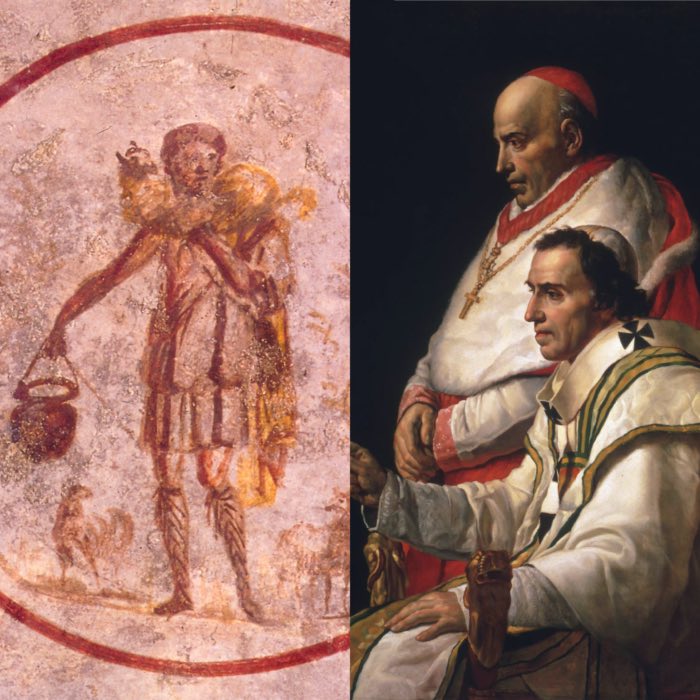
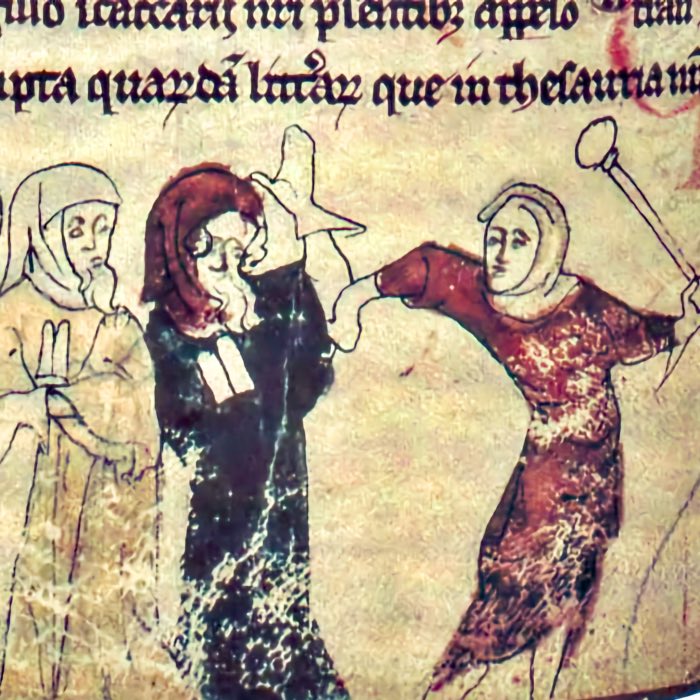
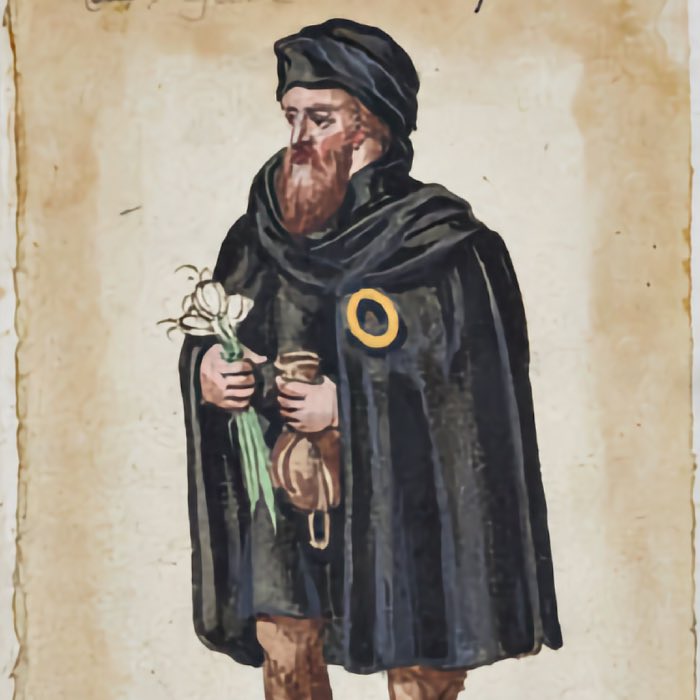
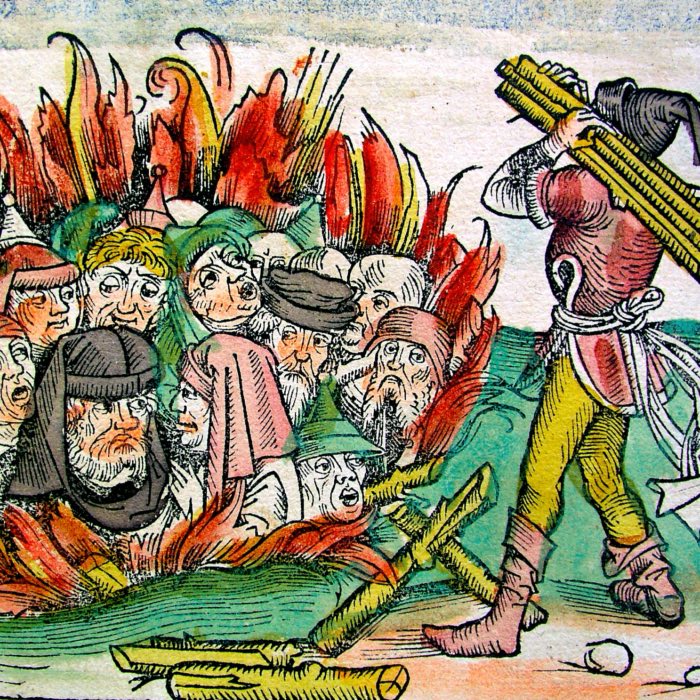
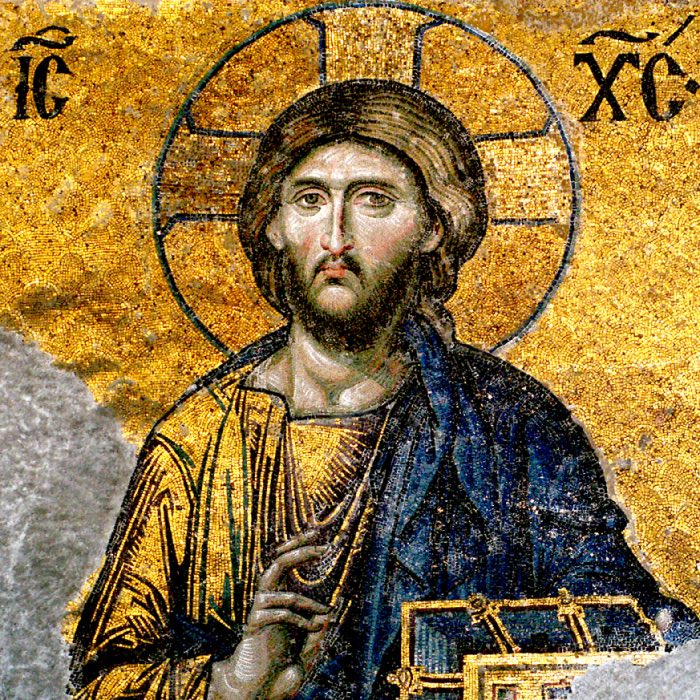
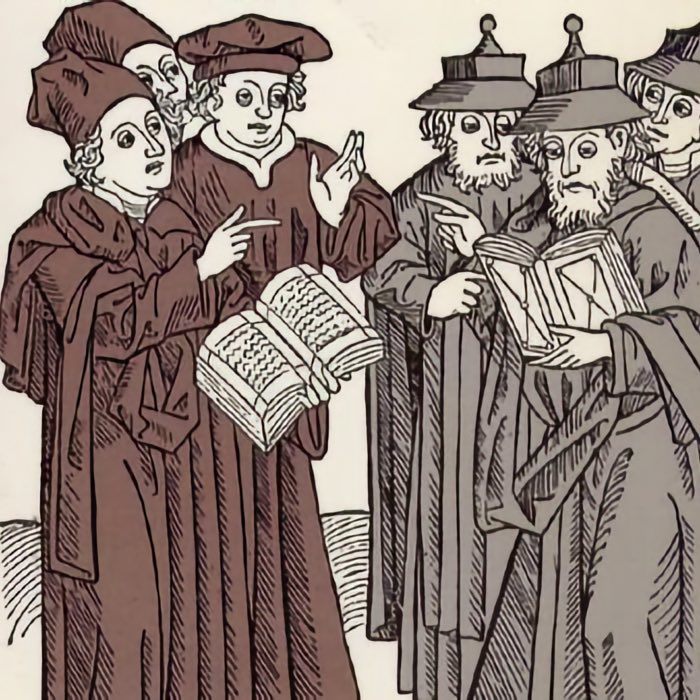
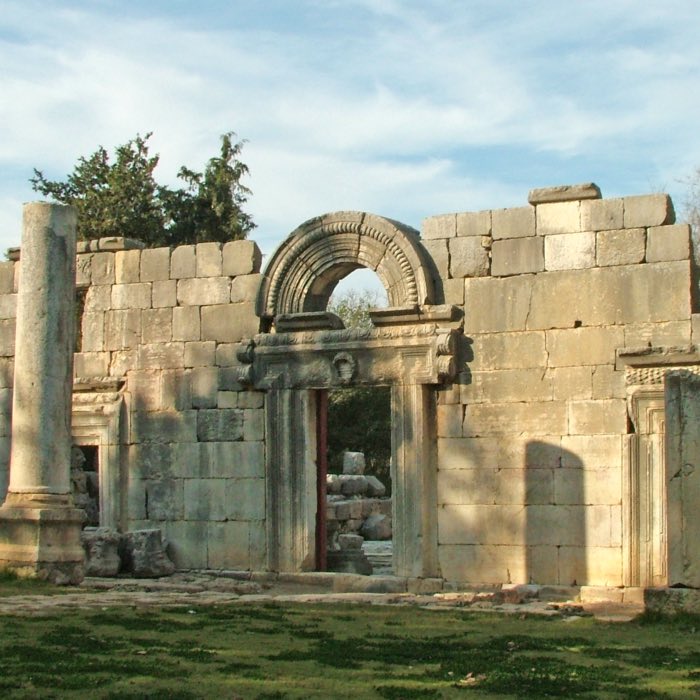
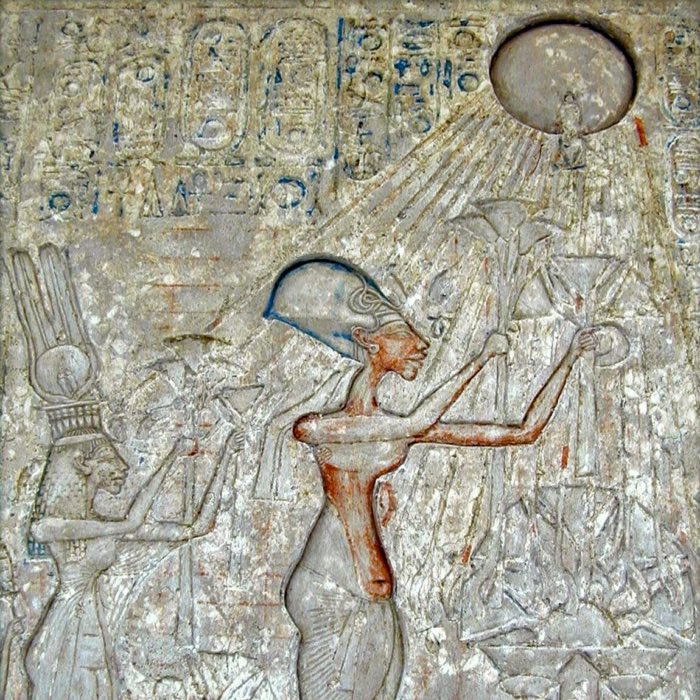
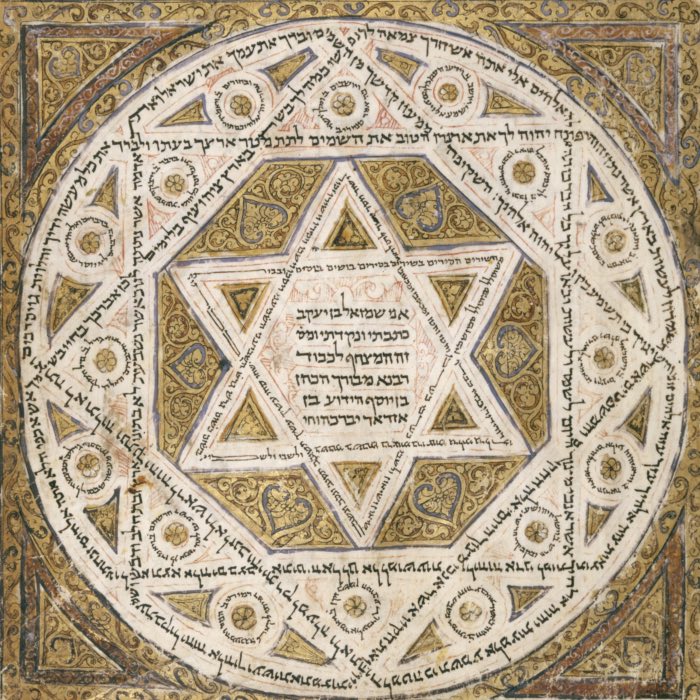
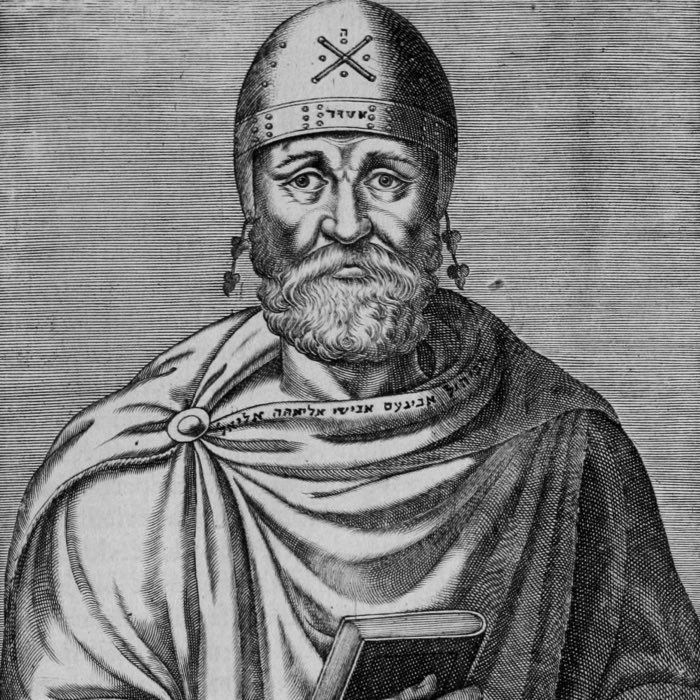
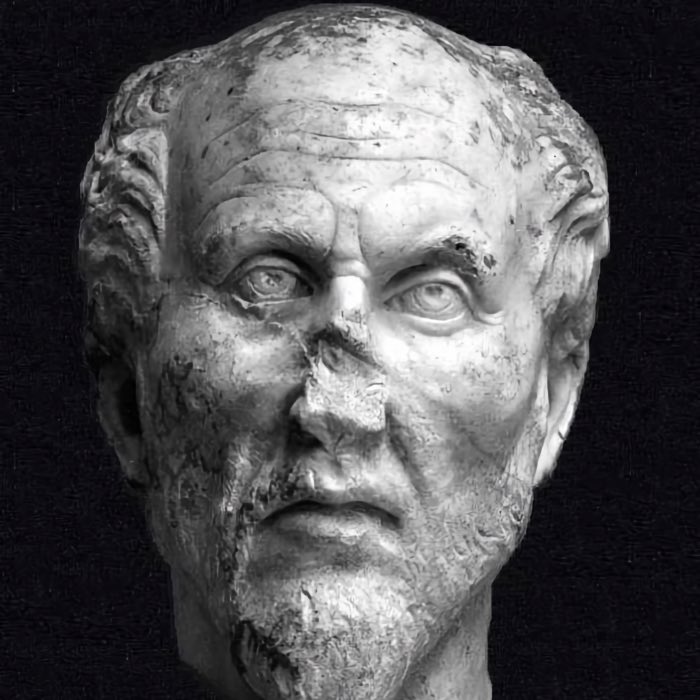
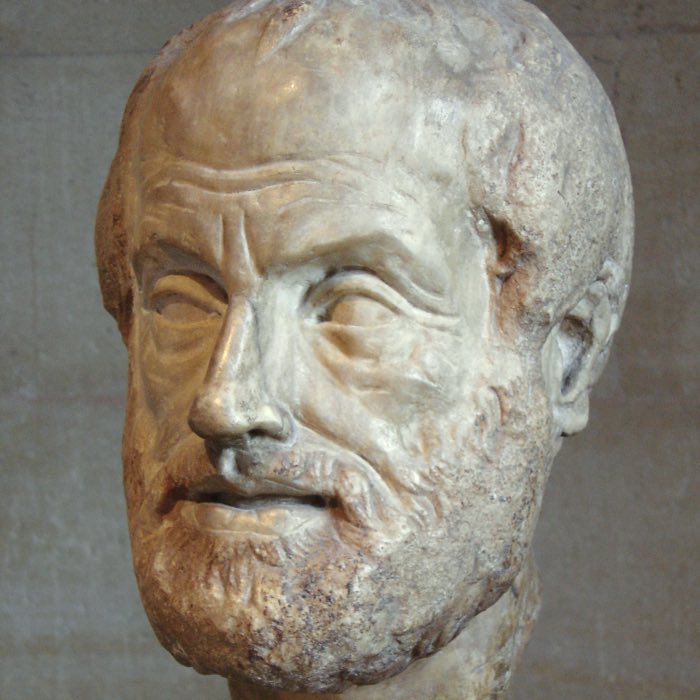
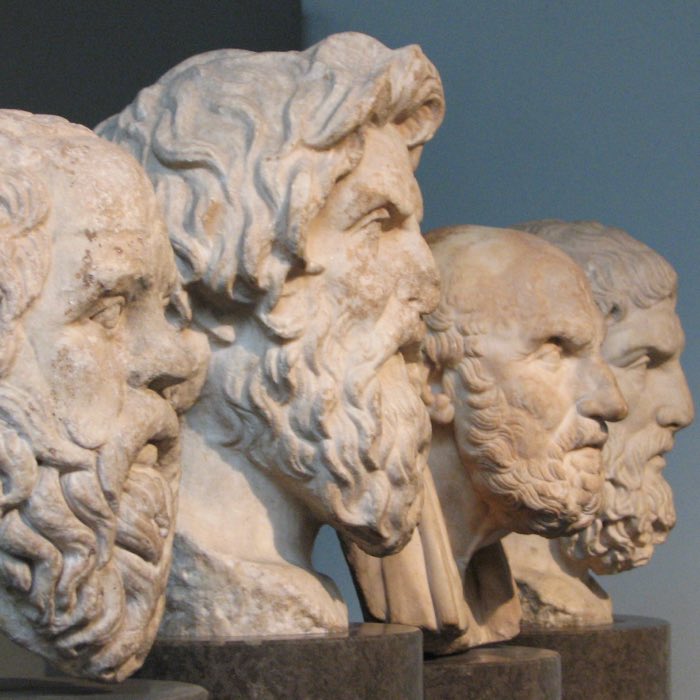
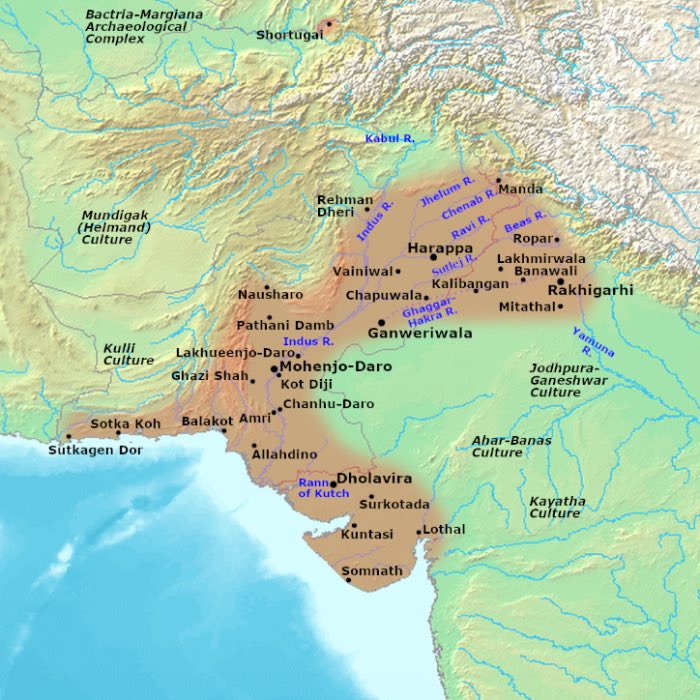
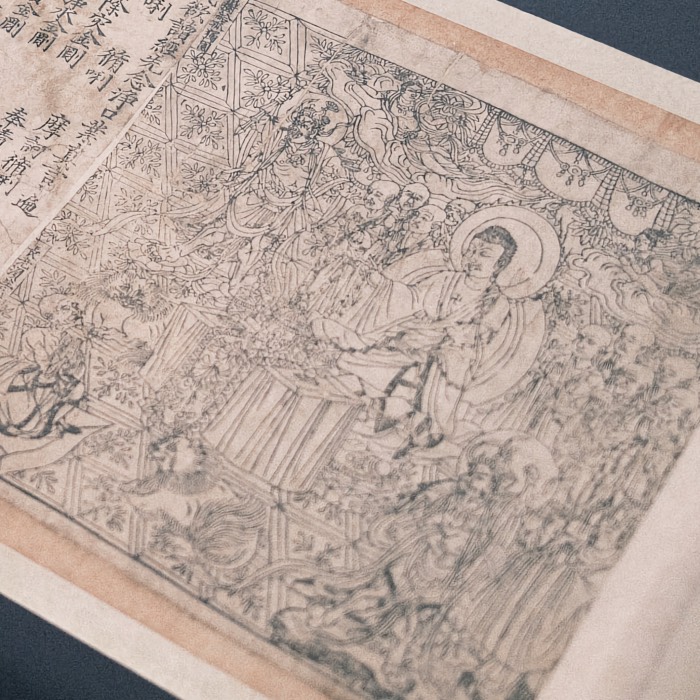
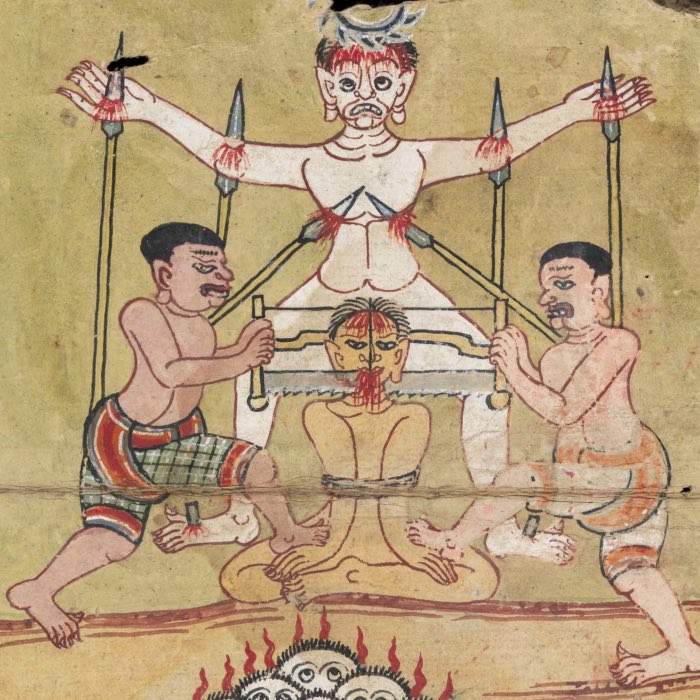

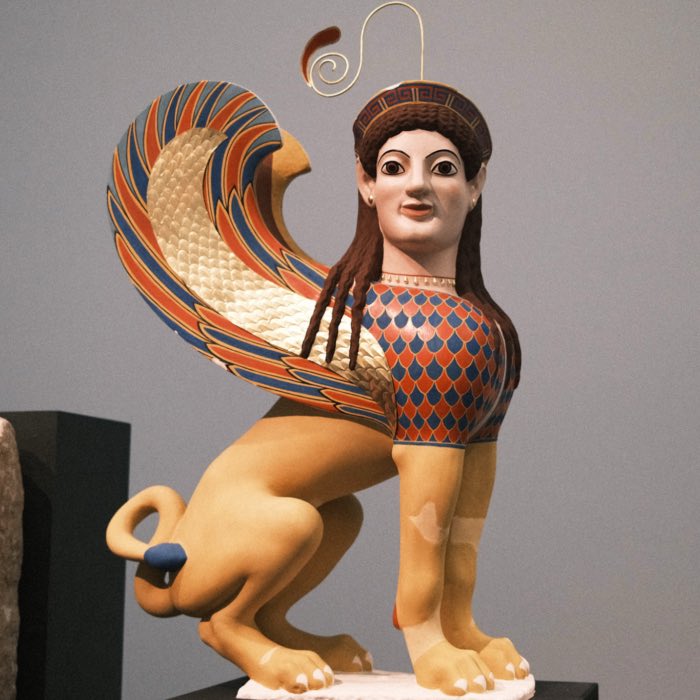
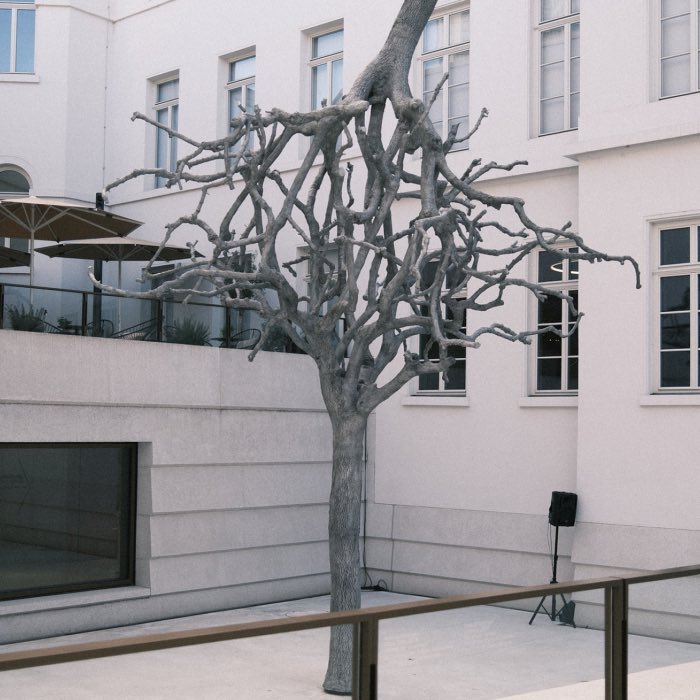

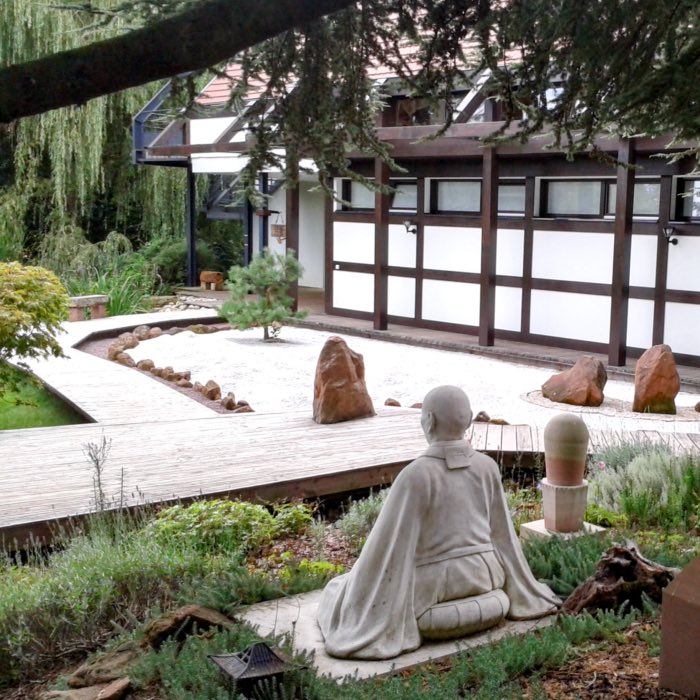
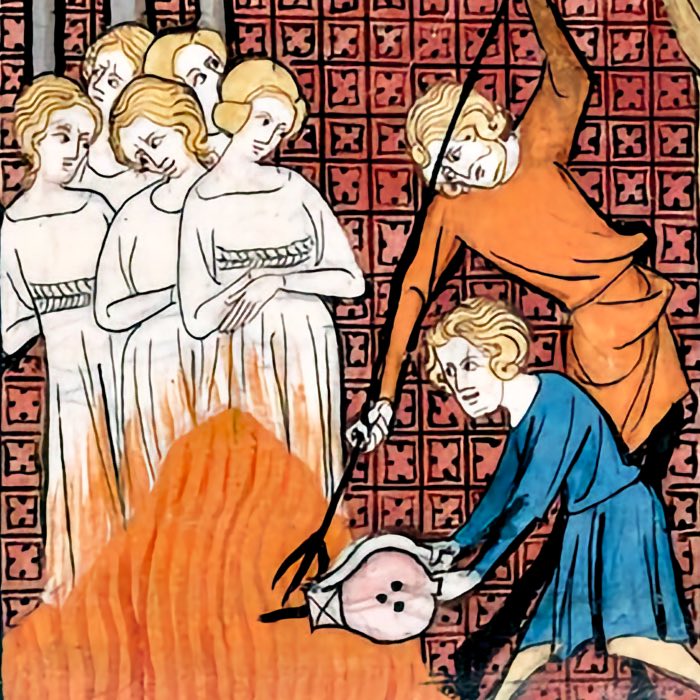
comments